NOTE: If you are looking for wetsuit thickness/water temperature chart for surface water sports check this article.
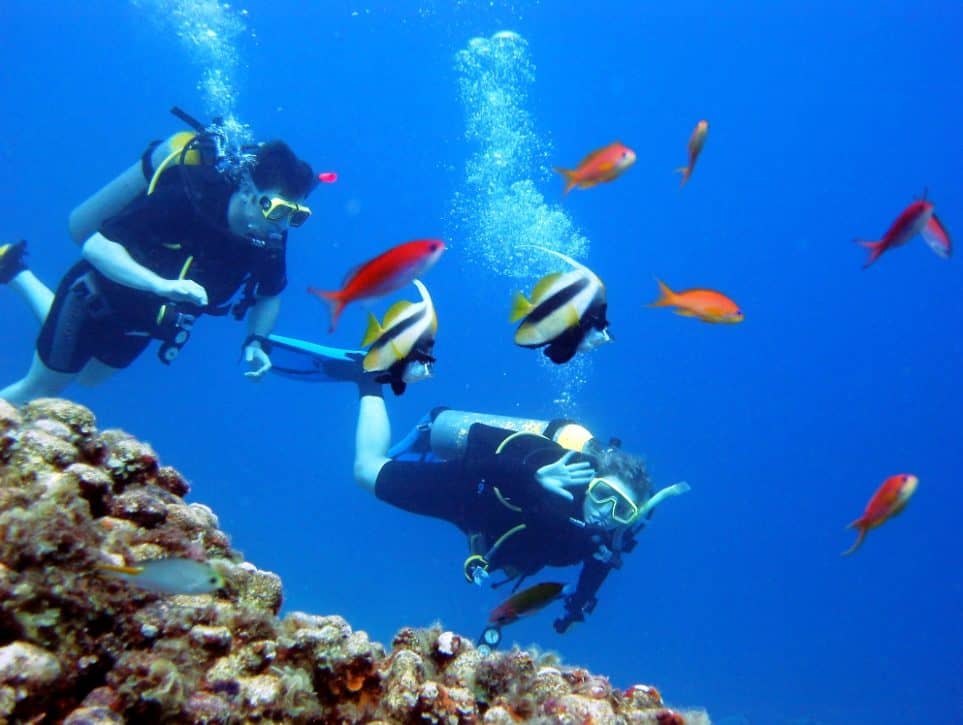
When planning a dive there are many things you need to take into consideration to ensure it is an enjoyable and safe experience. One of the most important factors is the temperature of the water because it will determine which type of wetsuit you need to be wearing. The thickness of the wetsuit will determine how cold of water you can dive in and how long you can remain in the water without putting yourself at risk of hypothermia.
Conditions change in the water depending on depth, season and other factors as well so it is critical that you know exactly what you’re diving into before you even step on the boat. These are the main factors to consider when choosing the thickness of your diving wetsuit:
The Temperature of the Water
It may seem obvious to some, but the temperature of the water you’re diving into is one of the most important factors to consider before diving. According to the PADI water can pull heat out of the body at a rate which is about 25 faster than air, and since you’re entirely surrounded by it during a dive you want to know the exact temperature of the water.
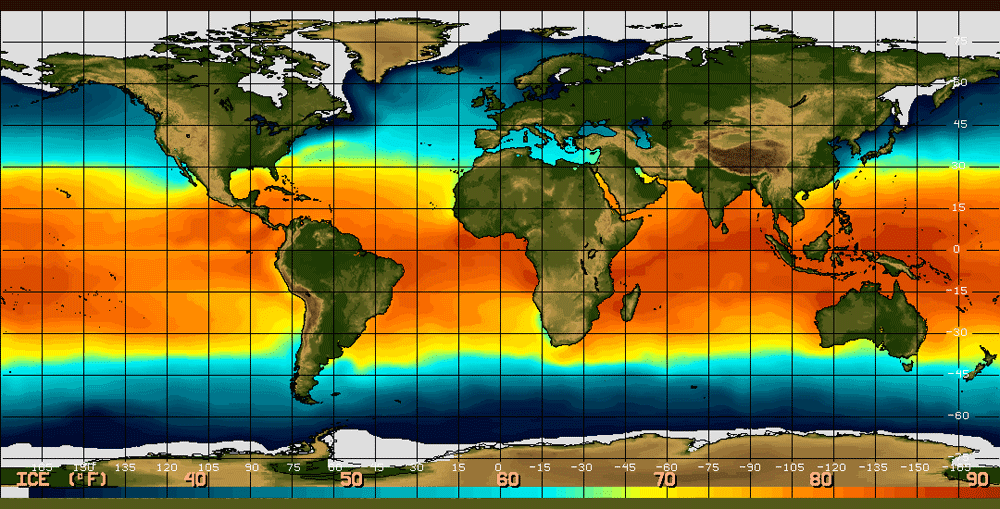
Diving Depth
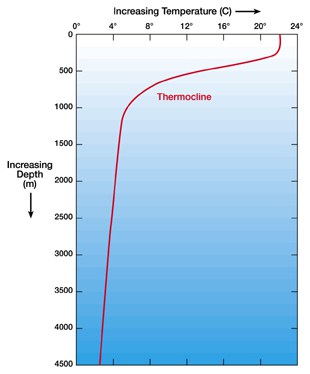
The deeper into the water you dive the colder the water gets in most parts of the world. This is called termocline, and it is an important factor when planning any dive. If we are physically exact the termocline is where the drop of temperature with increasing depth is the greatest. Now usually termocline appears at depths lower that the average dive depth but this can vary from place to place and there is always some temperature drop with increasing depth. In addition to the colder water at lower depths, the pressure of the water will compress the neoprene in your wetsuit. As the tiny air bubbles within the neoprene have pressure applied to them they get smaller and can provide less insulation.
One of our readers noted that a 3mm neoprene suit will lose about 50% efficiency at a depth of 10 meters compared to at the surface. At 20 meters it has lost about 70%, and at 40 meters which is where most recreational divers swim you’re down to just 25% efficiency. So, if you’re diving with a 3mm wetsuit it is the same as diving with a 1mm suit when you reach a depth of about 30 meters.
Keep in mind that this is just an estimation and not an exact science. Factors such as the quality of your wetsuit, the actual temperature at varying depth and other things can result in dramatic changes to the insulation ability of any wetsuit.
Activity
Depending on the activities you’re planning during a dive you might feel warmer or colder than normal as well. Dives where you’re moving around a lot will help you generate more body heat and keep warmer. Slower and more stationary dives will result in you getting colder faster.
Fit and Condition of Wetsuit
A brand new wetsuit which fits snugly will keep you warmer than one which you’ve been using for years. If you’re renting a wetsuit it will likely be stretched out and not fit as well as a brand new one. Try to only dive when wearing a proper fitting wetsuit to ensure it can keep you as warm as possible.
Duration or Number of Dives
The length of your dives will have a great impact on how cold you feel. The more time you’re spending in the water the colder you will get during each dive.
Normal Body Temperature
Each person is a little different in their normal body temperature. Some people always feel warm, others are constantly complaining of feeling cold. If you’re naturally colder then you’ll likely feel cold much more quickly than someone who naturally feels warm. Women are also typically going to get colder more quickly then men as well.
Choosing Thickness for Your Wetsuit
Why Not Just Get The Thickest Wetsuit Possible?
After reading all that many people might think they should just go out and buy the thickest wetsuit they can find to help keep them warm. Even if you get too warm during a dive you can always just let a little water in the suit to cool you down, right? Well, the fact is there are some disadvantages with thicker suits that should be taken into consideration. Thicker suits are more restrictive and can make you more clumsy during a dive. The thicker the wetsuit the more resistance that is put on your limbs which can result in becoming tired more quickly.
Diving Wetsuit Types
There are wetsuits which have different amounts of coverage though so you can have flexibility in creating the perfect wetsuit for your dive. You can have something small like a ‘shorty’ which is short sleeved and short legs so you’re only covered about as much as you would be when walking outside in shorts and a t-shirt. These are good for warmer water dives.
You can then get other styles of suits up to full body suits which can cover you from head to toe using booties, gloves and hoods to make sure you’re as warm as possible. The tradeoff is, of course, decreased mobility and added weight. When looking at all your options don’t be too quick to choose the smallest or thinnest options available. If you’re cold while diving it is not only unpleasant, but it can be very dangerous.
Wetsuits for Warm Water Dives
If you’re diving in warm water, which is anything from about 78 to 85 degrees you’ll want a warm water wetsuit. Dives in the Mediterranean or Oceania or other tropical areas are perfect for this type of diving. Most of these types of wetsuits are between ½ millimeters and three millimeters thick.
Remember, however, if you plan on diving deeper into the water the temperature will drop so you’ll want to add a second layer to a thin wetsuit. A shorty or tunic which is three millimeters thick can be combined with a thin jumpsuit to give you the ability to adjust based on each specific dive you’re going to make.
Temperate Water Diving
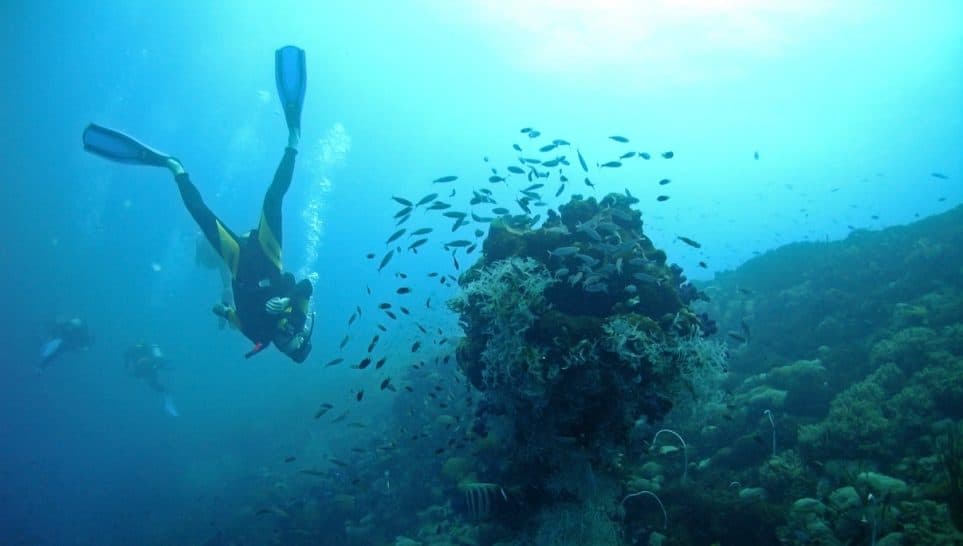
Water which ranges from 60 to 75 degrees is considered temperate and can be found on the Pacific Ocean side of Mexico or the Red Sea or even the Southern portion of the Great Barrier Reef. Most wetsuits suitable for this type of diving will be around four to six millimeters thick which is about three sixteenths of an inch. You can choose a full suit or just a spring suit for this temperature, but if you plan on going deeper make sure to bring layers to keep you warm. Adding a hood or vest can help you stay comfortable during a deeper dive.
Cold Water Diving
There are many cold water diving sites along the West Coast of the US ranging from Oregon and Washington to parts of California. On the other side of the country you can find sites for great dives off the coast of several New England states. The Great Lakes are also excellent for freshwater dives which can be quite cold. Any water which is between 45 and 60 degrees is considered a cold water dive. Choosing a suit which is about six and a half to seven millimeters is good for this type of diving.
Temperatures at these levels can be far more than just uncomfortable for divers if they don’t have a proper suit on, they can be downright dangerous. Wearing a good suit with additional layers both at the core and on yoru extremities is critical for your own protection. A vest, booties, gloves and a hood should be considered the minimum for cold water diving.
You can even consider using a dry or semi-dry wetsuit to help keep your body dry during your dive. Wetsuits can keep you warm but they will let some water in which can quickly drop your body temperature when diving in these waters. If you’re just getting into the sport of diving make sure you don’t start out with a cold water dives as they can be very dangerous.
Dry Suits
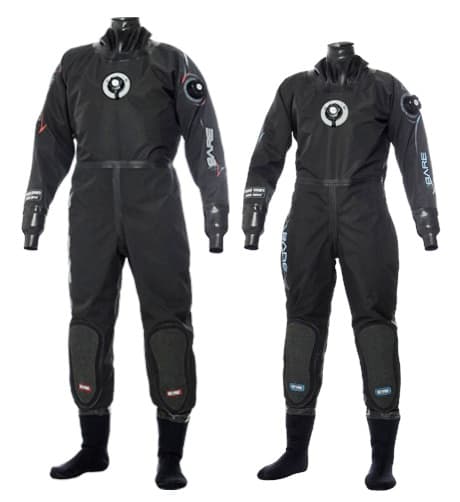
A dry suit is going to be much more expensive than a wetsuit, but they come with some significant advantages. First, they are created with special seams and designed specifically to keep all the water out of the suit. This means you can stay entirely dry during your entire dive. Note, however, that dry suits don’t insulate you like a wetsuit would. With this in mind many people who dive with these types of suits will wear sweatshirts or fleece under the dry suit to keep warm. Since cold water diving is only for experienced individuals you’ll know when you need a dry suit.
Choosing Your Wetsuit
Thicker wetsuit is more expensive. So some new divers are tempted to choose an inexpensive option without really putting enough thought into it. Remember, diving can be dangerous if you don’t have the right equipment so you don’t want to put yourself at risk because you didn’t want to spend a little extra money. Buying a wetsuit should be considered an investment and if you’re not ready to spend enough money to keep you safe then you should really just keep renting a suit so you can always dive with the proper type and thickness for any given area.
Chart of Wetsuit Thickness Based on Water Temperatures
While there are many factors which must be taken into consideration for choosing the thickness of a wetsuit, the following chart can help give you general guidelines. Remember, much of the heat you lose will be from areas like your head or hands if you’re not wearing coverings on these areas so always take all the factors into account before buying a wetsuit.
Water Temperature / Thickness Recommended
75-85F / 24-30C – 1/16″ (1.6mm) neoprene with Lycra/Polartec or 1/8″ (3mm) neoprene
65-75F / 18-24C – 3/16″ (5mm) neoprene
50-70F / 10-20C – 1/4″ (6.5mm) neoprene, hood, boots, also gloves if needed
35-50F / 2-10C – 3/8″ (9.5mm) neoprene, thick hood, boots, gloves (7mm) or dry suit
Hope this helps, if you have anything to add – your comments are welcome!

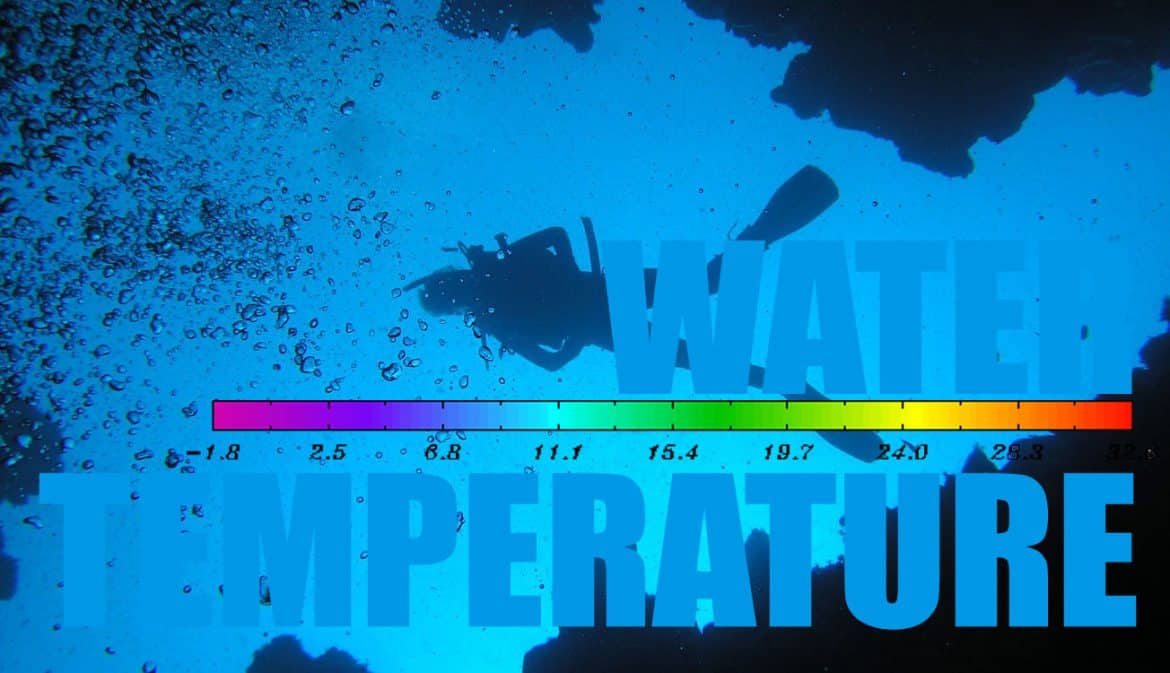
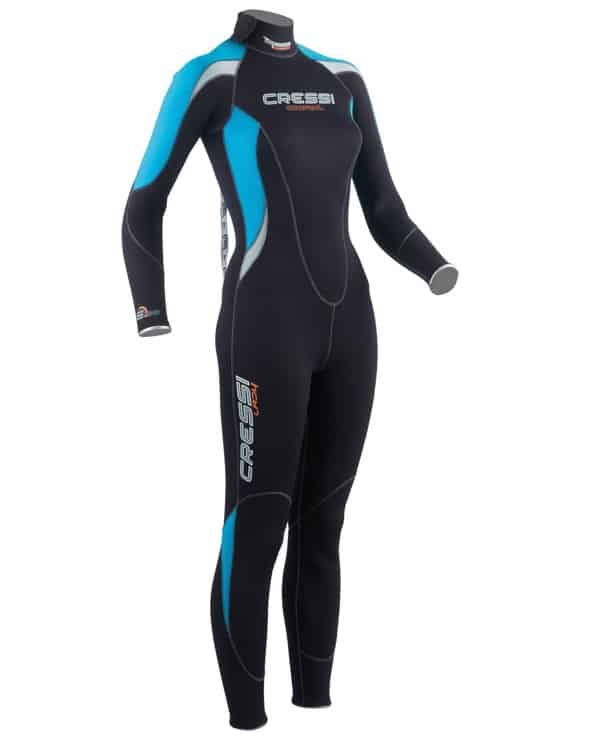
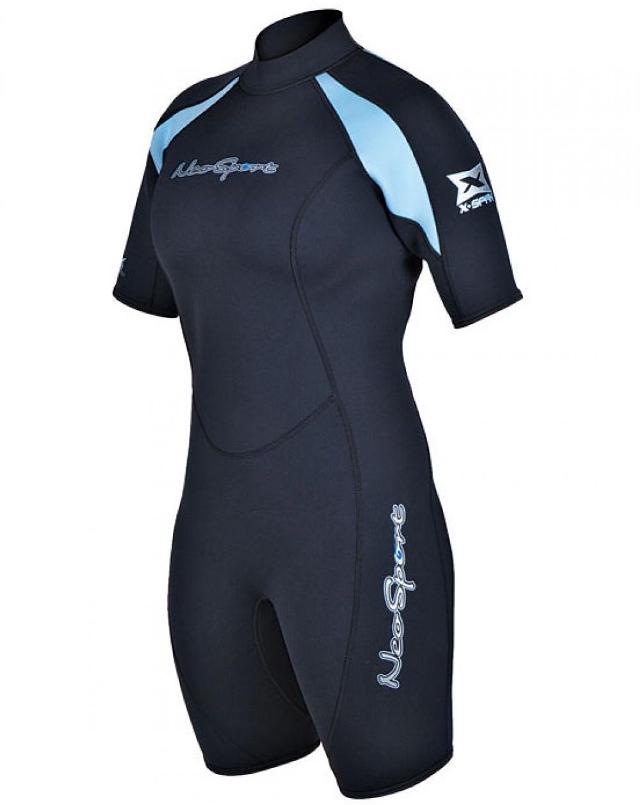
Hi – any idea what lower temperature the Cressi Desert Dry suit is good for ?
It differs from other Drysuits as it looks and is worn and used more like a wetsuit as it is made from High-Density pre-compressed neoprene (Pre-compressed from 7mm to 4mm).
Thanks
Hi Pat,
I am not familiar with Cressi Desert Dry suit, but I would say that even with different construction you can still wear undergarments under the suit, right? So you can regulate the suit warmth with how thick undergarments you use. Since neoprene suits are meant to be tight fitting, for really cold water where you would wear thick undergarments you would probably need a little bigger suit, not one that is completely skin tight.
Disagree with the statement.. that if you are just starting out in diving to avoid cold water.. I live in Atlantic Canada.. its all cold water.. Bay of Fundy at its warmest hits about 52 F .. winter it drops as low as 36F… I stop diving wet at about 42F… Its too cold beyond that not to be in a drysuit for my liking.. but beyond all that.. Learning to Dive in cold is excellent .. your learning pace is a little slower.. your dives are typically not that long or that deep for a longer period of time…however in my local conditions.. there is current.. low visibility.. more restrictive neoprene to wear and more weight to manage.. boyancy shifts tend to be more reactive and the the diver must anticipate this… skills are more difficult to master… but once you do… you are a better diver.. when I go down south I constant receive praise for my diving and people don’t believe it when they see my thin log book… they think I have been diving all my life… I’m pretty modest about it and just say I find it easier to dive here compared to the cold waters of home and leave it at that.. but i silently chuckle at those people who brag the whole way out on a dive are nothinh short of a mess in the water and complain with excuses the whole way back after a dive despite their hundreds of dives (all in the tropics).. having seen them in the water with poor trim.. boyancy issues.. failure to deal with their gear underwater.. I suspect that part of their problem is attitude… but a nice 40F dive somewhere might scare them a bit to take things s little more seriously.. and shed some light back on those open water skills basics…Dive shops that i have experienced..who train divers in cold waters are pretty serious , know their stuff and are committed about what they do and often train commercial snd tech divers too.. In short …it is my humble opinion…if you can dive where its cold.. dark.. low viz.. high current and huge tidal changes you are better prepared to dive in other climates around the world.
Thank you for your input Dave, very appreciated!